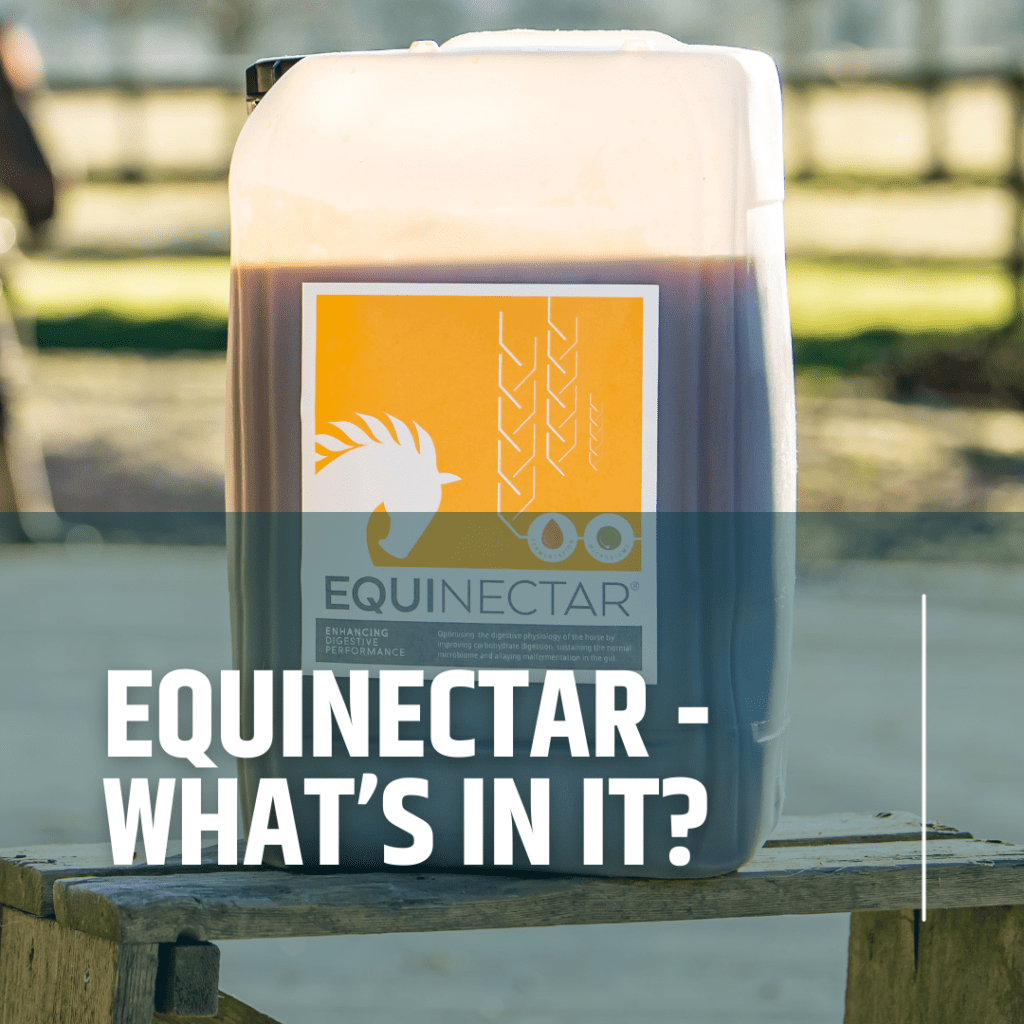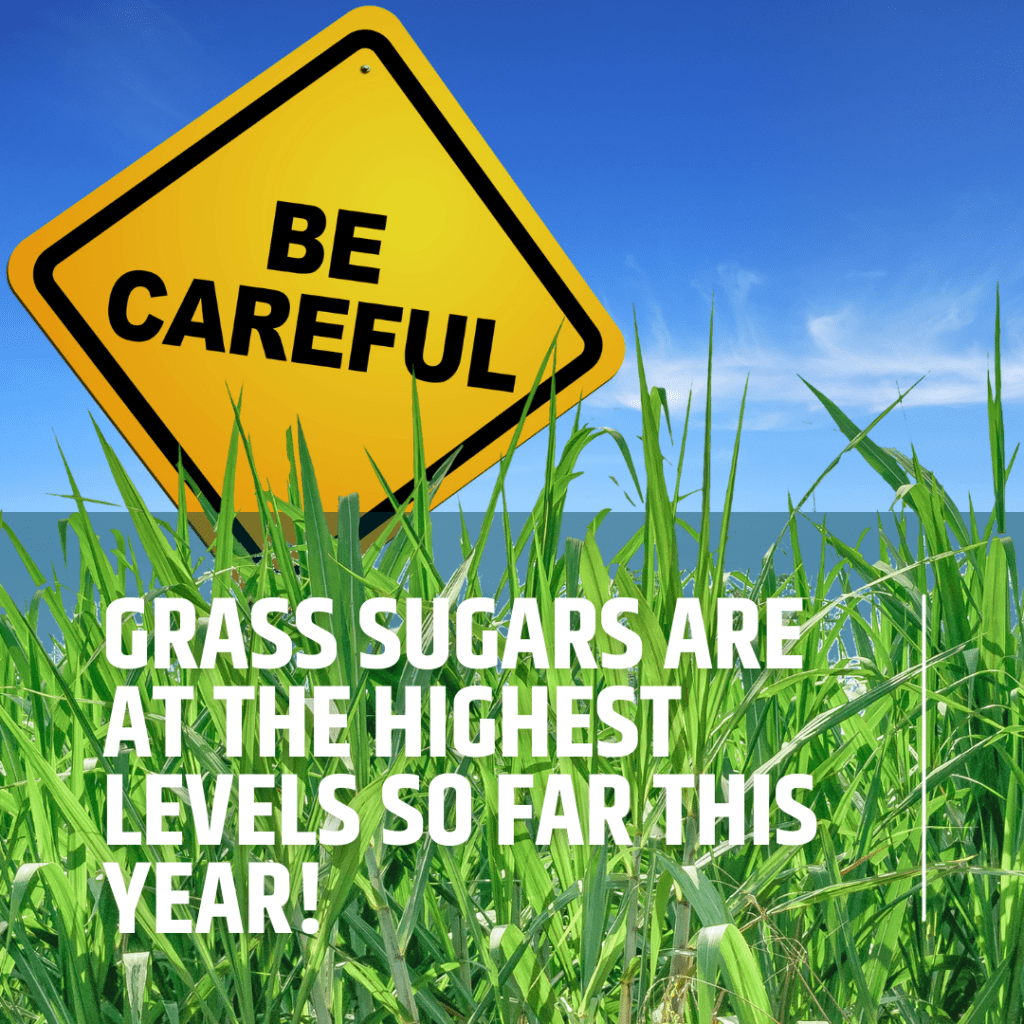Human vs. Equine Weight Management: Parallels and Misconceptions
Weight management is a complex issue that affects both humans and horses, revealing fascinating parallels despite their physiological differences. This blog explores how metabolic processes, dietary needs, and activity levels influence weight management in both species. From understanding calorie intake to debunking common feeding misconceptions, we highlight the shared challenges of maintaining a healthy weight. Discover how environmental factors and individual variations play a crucial role in achieving optimal health, whether for a human or an equine companion.
Human vs. Equine Weight Management: Parallels and Misconceptions Read More »










